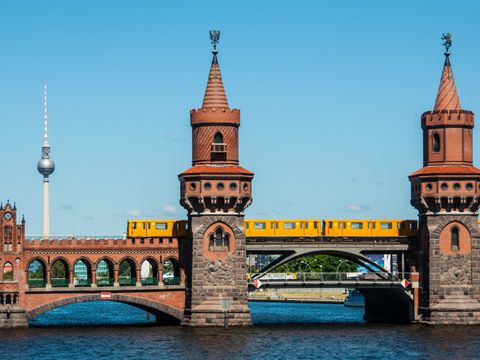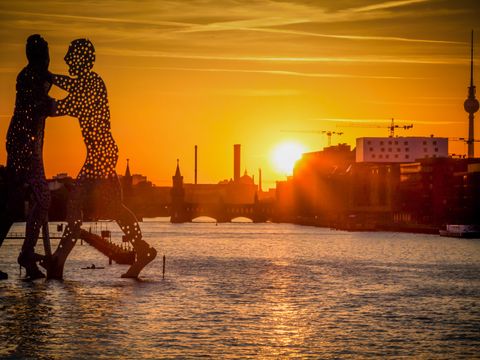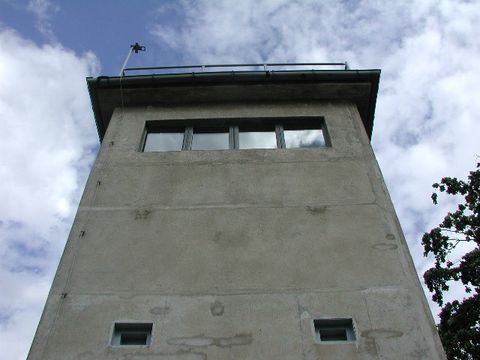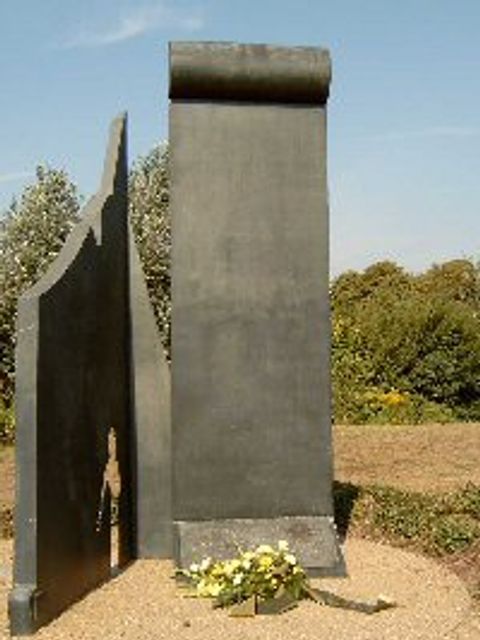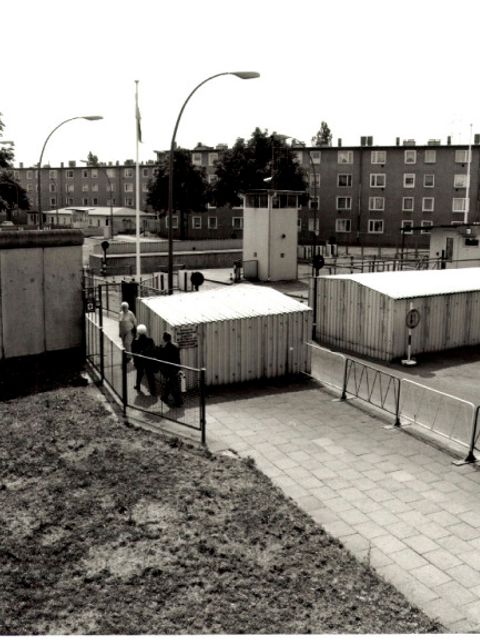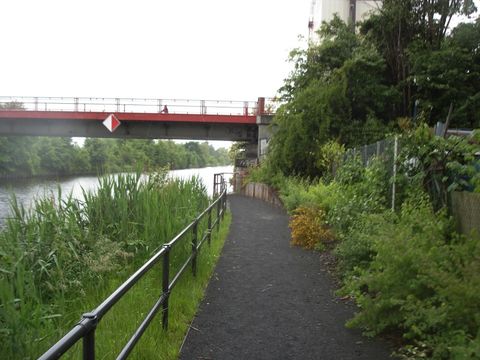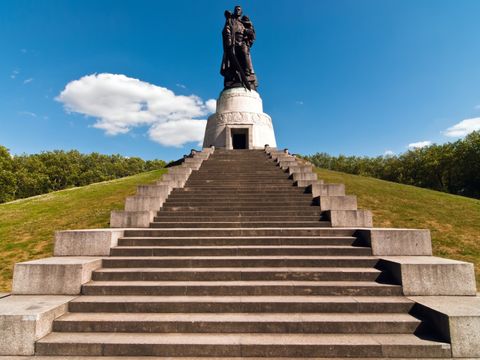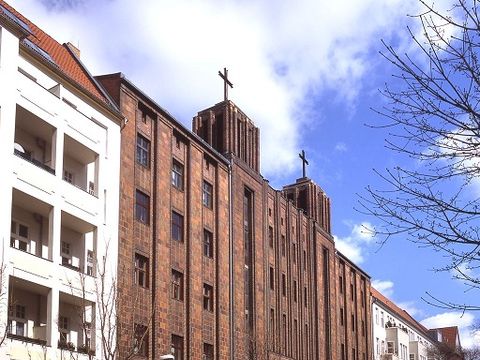At the former Sonnenallee border crossing, which you may know from the book (and later film) of the same name by Thomas Brussig, you will find various references to the checkpoint: the art work “Übergang – Nähe und Distanz” (Crossing: Proximity and Distance) by Heike Ponwitz; a Berlin Wall History Mile info board; and a relief embedded in the ground by the artists Rüdiger Roehl and Jan Skuin. Continuing along Heidekampgraben, you reach the Britzer Zweigkanal, which is near the former Düker border checkpoint for ships. Crossing the bridge, which was not rebuilt until after German reunification, will take you to the memorial for Chris Gueffroy. A stele designed by the artist Karl Biedermann recalls this 20-year-old, who had heard that border guards were no longer shooting at people trying to get over the Wall. As a result, he and a friend decided to risk an attempt. Eight months before the Wall fell, he became the last person to be shot dead by border guards aiming to
prevent an escape to West Berlin. From the memorial, the Wall Trail first takes you along the Britzer Zweigkanal, then along the Teltowkanal, which was the largest section of the 13-kilometer GDR border in the Treptow borough. At Rudower Hafen West you will leave the border and the Wall Trail and take Stubenrauchstrasse and Segelfliegerdamm to the Schöneweide S-Bahn station.
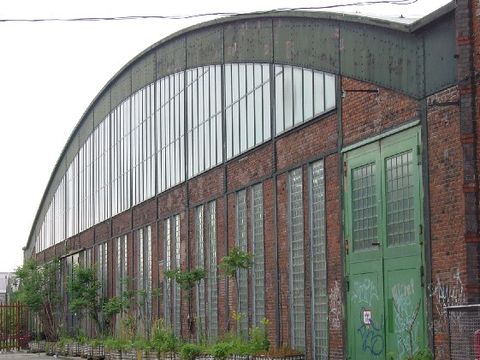

 German Sign language
German Sign language